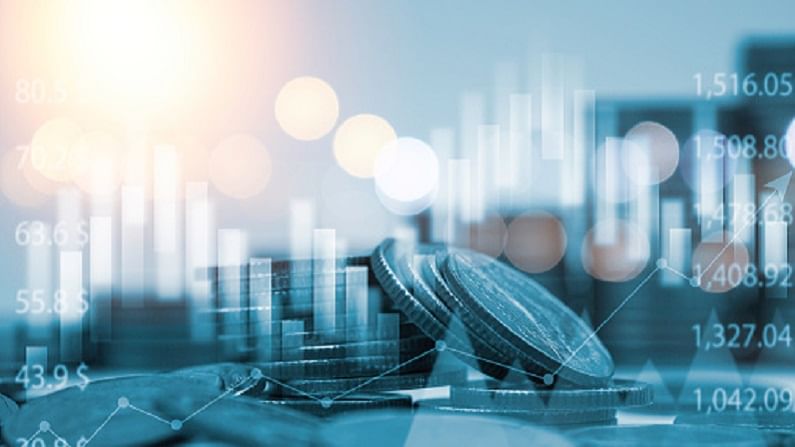RBI bats for functional autonomy for local bodies
Financially empowering them through higher resource availability, including own resource generation and transfers, are critical for, says RBI

States are managing their fiscal position better, but local bodies such as municipalities have been hit hard by the pandemic, according to media, quoting the Reserve Bank of India (RBI) figures, have reported.
Fiscal position
States have budgeted a 3.7% consolidated gross fiscal deficit (GFD) to gross domestic product (GDP) ratio for 2021-22, “a marked improvement from the level of 4.7% in the revised estimates for 2020-21, the year of the first wave of the pandemic”, the Business Standard reported quoting RBI’s State Finance Report. Local bodies, however, “came under significant duress, pushing them to slash spending and mobilise funds from various sources”, it added.
The Covid-19 had severely damaged the finances of municipal and panchayat bodies in 2020-21 and 2021-22.
Finances of local bodies
Going by the various estimates mentioned by the central bank in its report, municipalities and pancharyats are likely to lose 15-25% of their revenues in 2021, said the Business Standard report. According to an RBI survey of 141 municipal corporations across the country, urban local authorities encountered comparable challenges, it added.
The Reserve Bank of India noted in the report that local bodies were responsible for much of the Covid-19 management because they implemented containment strategies, healthcare, quarantining and testing facilities, organised vaccination camps, and had to maintain the supply of essential goods and services.
“Increasing the functional autonomy of civic bodies, strengthening their governance structure, and financially empowering them through higher resource availability, including own resource generation and transfers, are critical for their effective interventions at the grass-root level,” the RBI report said.
Capital expenditure
The report quoting the RBI research said the ratio of revenue spending to capital expenditure (RECO) for states is expected to fall to 5.5 in 2021-22 from 6.7 in 2020-21.
“Within capital expenditures, it is critical for states to channel expenditure to areas that crowd in private investments and optimise multiplier effects, intertemporal and inter-sectoral linkages that improve output, employment, and productivity,” the RBI report stated.
The aggregate debt-to-GDP ratio of states, which was 31% at the end of March 2021 and is predicted to remain at that level by the end of March 2022, “is concerningly higher than the aim of 20% to be achieved by 2022-23,” according to the report.
Download Money9 App for the latest updates on Personal Finance.
Related
- सरकार ने GST दरों में कमी के बाद पैकेजिंग नियमों को आसान बनाया
- GST दर सुधार पर परिषद की बैठक शुरू, तेदेपा का समर्थन, विपक्षी दलों ने राजस्व संरक्षण की मांग की
- एससीओ शिखर सम्मेलन में विकास बैंक की स्थापना को मंजूरी: चीनी विदेश मंत्री
- फिच रेटिंग्स ने भारत की साख को स्थिर परिदृश्य के साथ ‘बीबीबी’ पर रखा बरकरार
- कृषि, ग्रामीण श्रमिकों के लिए खुदरा मुद्रास्फीति जुलाई में घटकर 0.77 प्रतिशत एवं 1.01 प्रतिशत
- मंत्रिसमूह ने केंद्र के दो GST स्लैब के प्रस्ताव को स्वीकार किया

